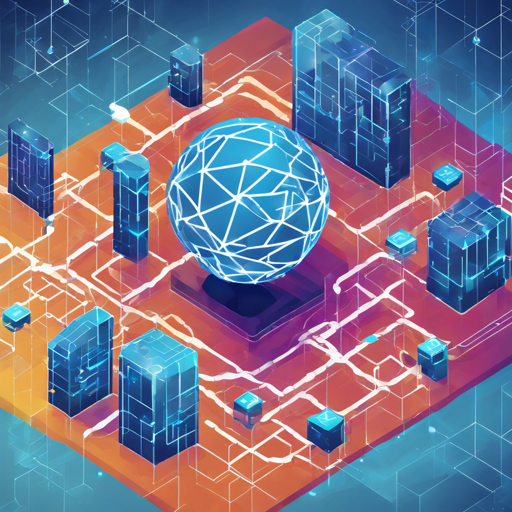In today’s digital world, blockchain technology stands as a revolutionary force, transforming how we handle transactions, data storage, and contracts. This article will delve into the core concepts of blockchain and guide you through how it works, its components, and common pitfalls to watch out for when engaging with blockchain platforms.
Understanding Blockchain
At its essence, a blockchain is a distributed ledger technology designed to securely record transactions across a network of computers. Imagine it as a digital notebook that multiple parties can access simultaneously, but with a twist—the entries can’t be erased or tampered with.
Core Components of Blockchain
- Blocks: Each block is like a page in your reception logbook that contains a series of transactions.
- Chain: The blocks are chained together securely through cryptographic hashes, akin to linking several pages with a comb.
- Public Key: Think of it as an ID card for your transactions—it’s a unique address that identifies you.
- Transactions: An entry in the blockchain that notes the exchange of value, much like invoices in a business ledger.
- Smart Contracts: These are self-executing contracts where the agreement between buyer and seller is directly written into lines of code.
How It Works
When you initiate a transaction, it gets validated by network participants (nodes). Imagine a group of friends verifying an event before it gets added to your community calendar.
Once confirmed, the transaction is assembled with other transactions into a block. This block is then linked to the previous block via a signed hash (like a digital fingerprint), creating a secure chain. After the block is added to the blockchain, the transaction is irreversible and public but remains anonymous through the public key.
Blockchain Platforms
There are several platforms that harness the capabilities of blockchain technology. Here’s a list of popular blockchain networks:
- Ethereum
- Openchain
- Hyperledger
- Multichain
- GCOIN
- Bitcore
- dnschain
- blockstack
- IBM Blockchain
- Ripple
- Steller
- Eris
- Tendermint
- Chain of Things
Troubleshooting Common Issues
While blockchain technology is often lauded for its robustness, users may still encounter challenges. Here are some troubleshooting tips:
- Check your internet connection to ensure that you’re connected to the blockchain network.
- Ensure that your public key is correctly entered; any typo can lead to transaction failures.
- Consider the network’s current transaction load; heavy loads can slow down the confirmation process.
- If you’re experiencing issues with smart contracts, double-check your code for errors and ensure compliance with the coding standards of the respective blockchain.
For more insights, updates, or to collaborate on AI development projects, stay connected with fxis.ai.
Conclusion
Blockchain technology, with its promise of decentralized trust and transparency, is poised to redefine numerous industries. At fxis.ai, we believe that such advancements are crucial for the future of AI, as they enable more comprehensive and effective solutions. Our team is continually exploring new methodologies to push the envelope in artificial intelligence, ensuring that our clients benefit from the latest technological innovations.

